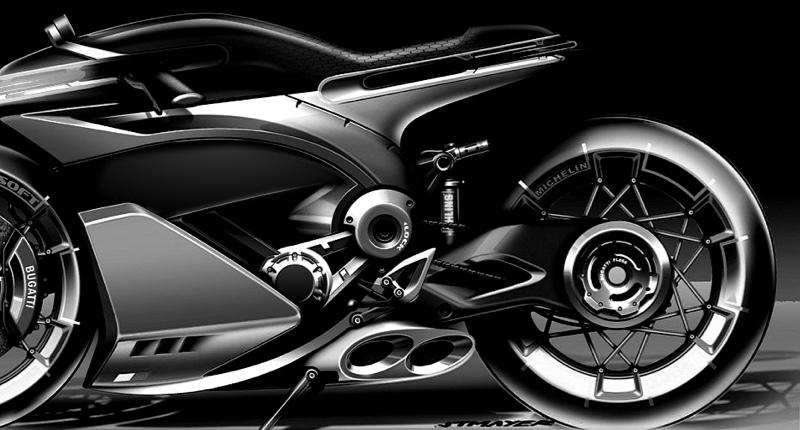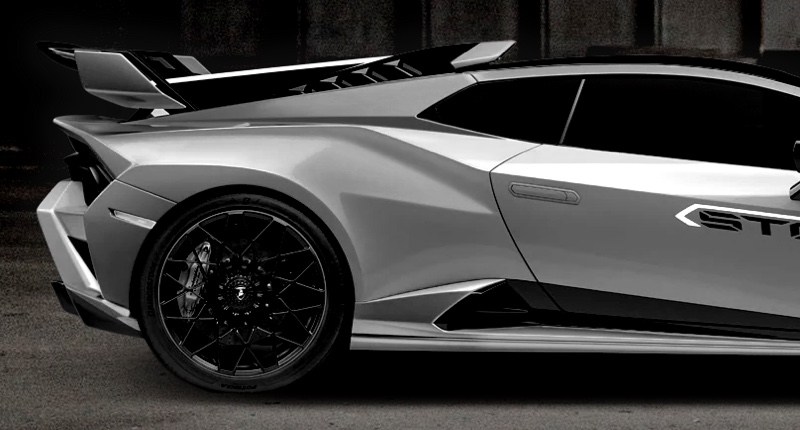What are the pros and cons of dry carbon vs wet carbon? | Insights by Supreem Carbon
When procuring carbon fiber parts, understanding the manufacturing methods is crucial to ensure optimal performance, cost-effectiveness, and quality. Two primary manufacturing techniques are commonly used: dry carbon and wet carbon. This guide delves into the key differences, advantages, and considerations of each method to assist you in making informed decisions.
Dry Carbon vs. Wet Carbon: Manufacturing Methods Explained
Dry Carbon Manufacturing:
In dry carbon manufacturing, carbon fiber fabrics are laid into a mold without any resin. The resin is then injected into the mold under pressure, allowing it to permeate the dry fibers. This process is known as Resin Transfer Molding (RTM). RTM is suitable for medium-volume production and complex shapes, offering good mechanical properties.
Wet Carbon Manufacturing:
Wet carbon manufacturing involves manually impregnating carbon fiber fabrics with resin, a process called hand lay-up. The resin is applied to the dry fibers, which are then placed into a mold. This method is flexible and cost-effective for low-volume production but may result in less consistent quality compared to dry carbon methods. ((https://www.supreemcarbon.com/top-manufacturing-methods-custom-carbon-fiber-parts.html?utm_source=openai))
Pros and Cons of Dry Carbon Manufacturing
Pros:
Enhanced Mechanical Properties: RTM allows for precise control over fiber placement and resin distribution, resulting in parts with superior strength and stiffness.
Reduced Labor Costs: The automated nature of RTM reduces manual labor, leading to cost savings in production.
Consistency and Repeatability: The controlled environment of RTM ensures consistent quality across parts, which is essential for high-performance applications.
Cons:
Higher Initial Investment: Setting up RTM requires significant investment in equipment and tooling, making it less economical for small-scale production.
Limited Design Flexibility: The complexity of the RTM process can limit the ability to produce intricate designs compared to other methods.
Pros and Cons of Wet Carbon Manufacturing
Pros:
Cost-Effective for Low Volumes: Hand lay-up is less expensive to set up, making it suitable for small-scale production and prototyping.
Design Flexibility: This method allows for the creation of complex geometries and custom designs without the need for specialized equipment.
Cons:
Labor-Intensive: The manual nature of hand lay-up increases labor costs and can lead to variability in part quality.
Inconsistent Quality: Achieving uniform resin distribution and fiber alignment can be challenging, potentially affecting the mechanical properties of the final product.
Key Considerations When Choosing Between Dry and Wet Carbon Manufacturing
Production Volume: For high-volume production, dry carbon methods like RTM may be more efficient, while wet carbon methods are better suited for low-volume or prototype runs.
Design Complexity: Complex designs may be more feasible with wet carbon methods due to their flexibility, whereas dry carbon methods may face limitations.
Budget Constraints: Evaluate the initial setup costs and ongoing production expenses to determine the most cost-effective method for your project.
Conclusion: Why Choose Supreem Carbon for Your Carbon Fiber Parts
Supreem Carbon offers a range of manufacturing methods tailored to meet diverse project requirements. Whether you need high-volume production with consistent quality or custom, low-volume parts with intricate designs, Supreem Carbon has the expertise and capabilities to deliver superior carbon fiber components.
By understanding the nuances of dry and wet carbon manufacturing, you can make informed decisions that align with your project's needs and objectives.
**
Resin Transfer Molding (RTM) Process Overview
Hand Lay-Up Process Description
Comparison of Carbon Fiber Manufacturing Methods
Supreem Carbon Manufacturing Capabilities

Lamborghini Urus engine compartment carbon fiber kit released by Supreem Carbon.

2020+ Toyota Supra A90 Carbon Fiber Engine Cover released!

Discuss of the common carbon fiber product production processes and the application.

The 5 Questions You've Always Had About Carbon Fiber

Fabricante de fibra de carbono para motocicletas de alta calidad de China

CFRP vs Pre-Preg Carbon Fiber: What’s the Difference and Which Is Better for Your Project?
For Facotry
Can I visit your company?
Of course, we are in QiaoTou Town, Dongguan City, Guangdong Province, China.
Supreem carbon main competitive advantages.
Rich experience
Over 10 years production experience in carbon fiber industry, providing customers with high quality carbon products.
Excellent service
From new project development to customer finished product delivery, we provide customers with full tracking and timely feedback on project progress.
High-Quality Products
Our carbon fiber products undergo rigorous quality control to ensure customers achieve the high quality and cost-effective product.
For Customized Service
What can be customized in addition to customized carbon fiber parts?
You can customize your company logo, packaging, even the color of coating and so on.
For Products
Which carbon fiber material you can provide in production?
1*1 plain /2*2 twill / forged carbon / honeycomb / kevlar and so on.
How can I get some sample?
Actually we dont provide the free sample to customer, you can place a sample order if need some parts.

Honda CBR1000RR-R Carbon Fiber Side Fairing

BMW F85/ F86 Carbon Fiber Interior Engine Cover Replacement
Crafted with precision, this BMW carbon fiber accessory combines perfect fitment with superior UV protection and clearcoat finishing. Ideal for OEM-quality upgrades and custom builds.

Honda CBR1000RR-R Carbon Fiber Tank Side Panels

Kawasaki Z650 Carbon Fiber Tank Side Panels
Let’s Bring Your Carbon Fiber Ideas to Life
Have a question or inquiry about our carbon fiber composite products? Leave us a message here, and our team will get back to you promptly.
Whether you're interested in custom orders, technical specifications, or partnership opportunities, we're here to assist you.
Please fill out the fields above with your name, email address, and message.
© 2024 Supreem Carbon All Rights Reserved.





Facebook
Pinterest
LinkedIn
Instagram